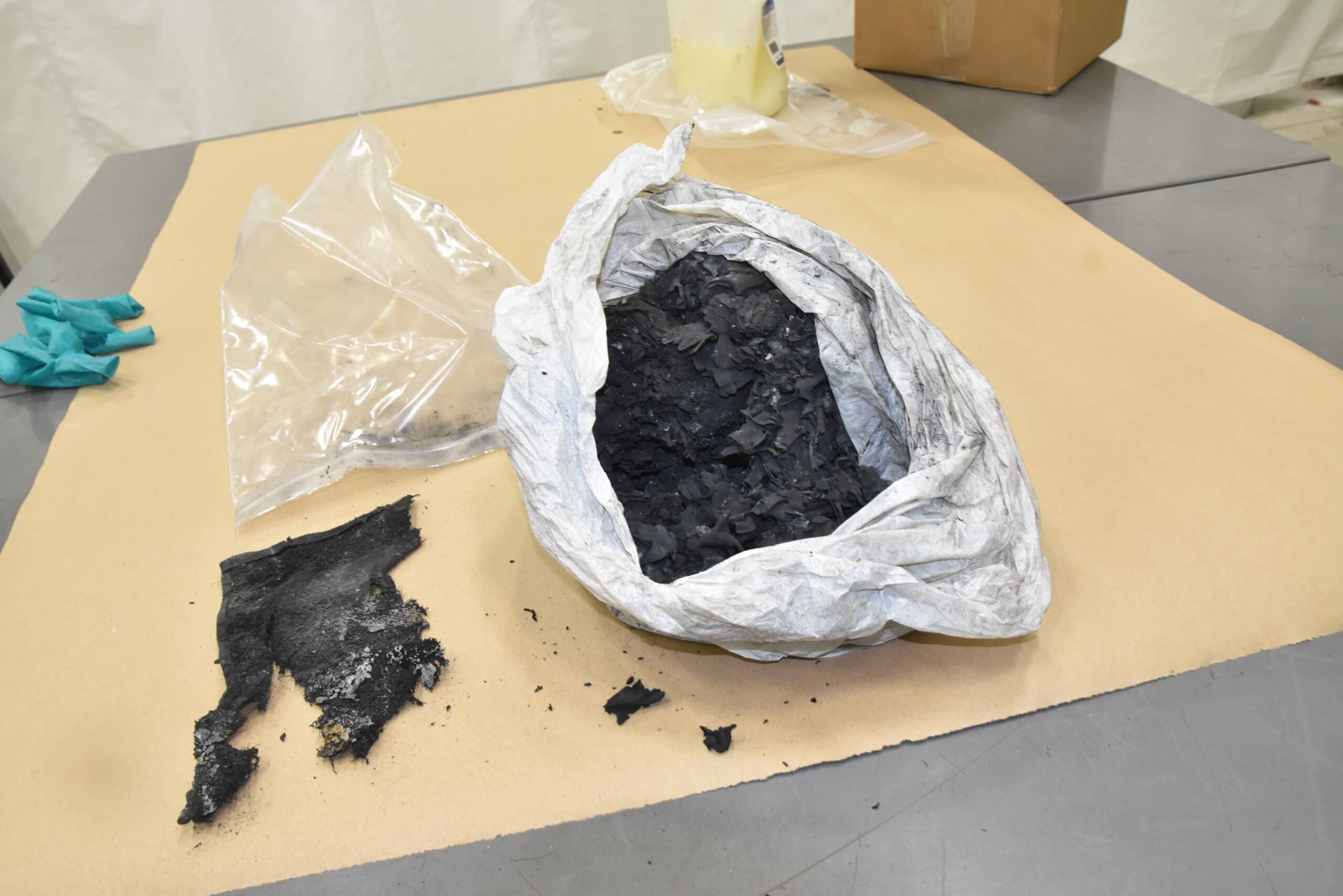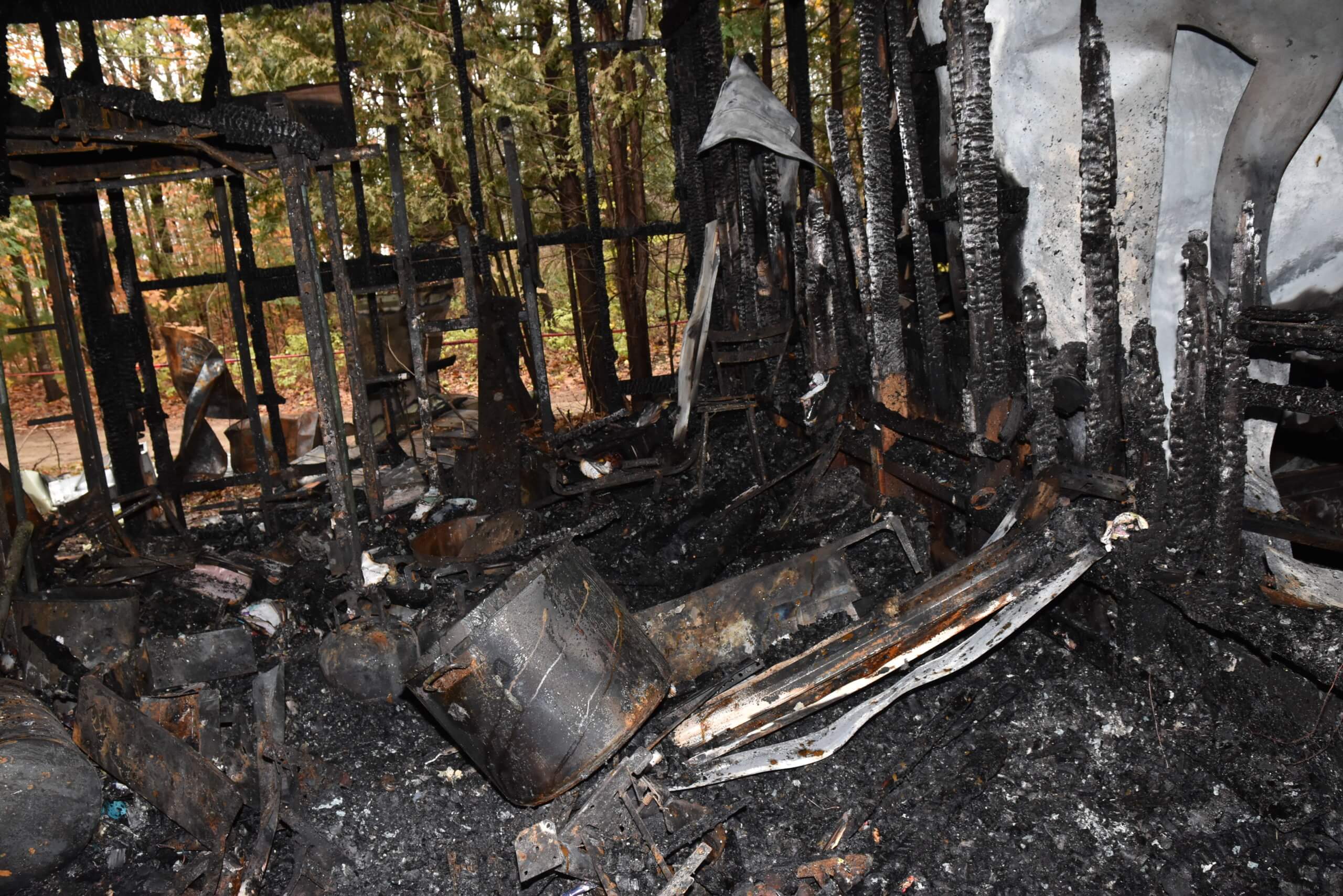The multiple and little-known uses of chemistry in forensic investigations
Chemistry is everywhere! The study of atoms, molecules, and the interactions between various products can also be used to analyze things that are invisible to the naked eye and to bring enormous precision to our forensic investigations for the benefit of our customers! Here are how our experts with a background in chemistry perceive its use in investigations carried out by CEP.

Practical Examples
Let’s use the example of a dryer fire. It may happen that the laboratory examination alone does not explain the cause of the incident. However, a chemist can analyze the remains of recovered materials that were in the appliance at the time of the fire (as seen in the photo above), and extract and study the residues from these products. This may be able to demonstrate, for example, that the fire was linked to reactions of products caused by their exposure to high temperatures during a drying cycle. If the analysis of these residues is not substantiative, a chemical cause can then be excluded in the investigation of the cause of the fire.
Another situation where products can start a chemical reaction is a restaurant setting. CEP has previously investigated the burning of plastic bins and their contents in such a setting, which at first glance seemed difficult to explain other than by intentional act. Thanks to the study of chemistry, CEP discovered the real culprits, namely tissues soaked in fats including fish oil and grapeseed oil, which created a phenomenon of self-combustion. Why? The washing of these tissues with cold water, followed by drying at high temperature initiated an oxidation reaction of the fat impregnated in the fabrics, resulting in an increase of heat that eventually caused a fire to occur.
Multiple and diversified applications
The application of branches of chemistry including analytical chemistry, organic or inorganic chemistry, biochemistry, and petrochemistry can, more often than one would think, make a difference in investigations and can make it possible to identify a cause that was not even initially considered to explain a loss event, as illustrated in the examples cited above.
Did you know that thanks to various observations and analysis carried out on samples collected from a fire scene, CEP has often been able to detect whether a fire originated in a clandestine drug manufacturing laboratory? This is very useful information for insurers who, most of the time, are unaware of such illegal activities, and their potential contribution to a loss event.

A comprehensive service
Whether it is to learn more about the physico-chemical characterization of compounds, the influence of manufacturing processes, or the analysis of interactions and compatibility between compounds and interpretation of analytical results, CEP and its laboratories are equipped with state-of-the-art equipment and are there to help you determine any potentially chemical-related causes of a loss.
